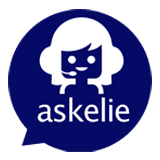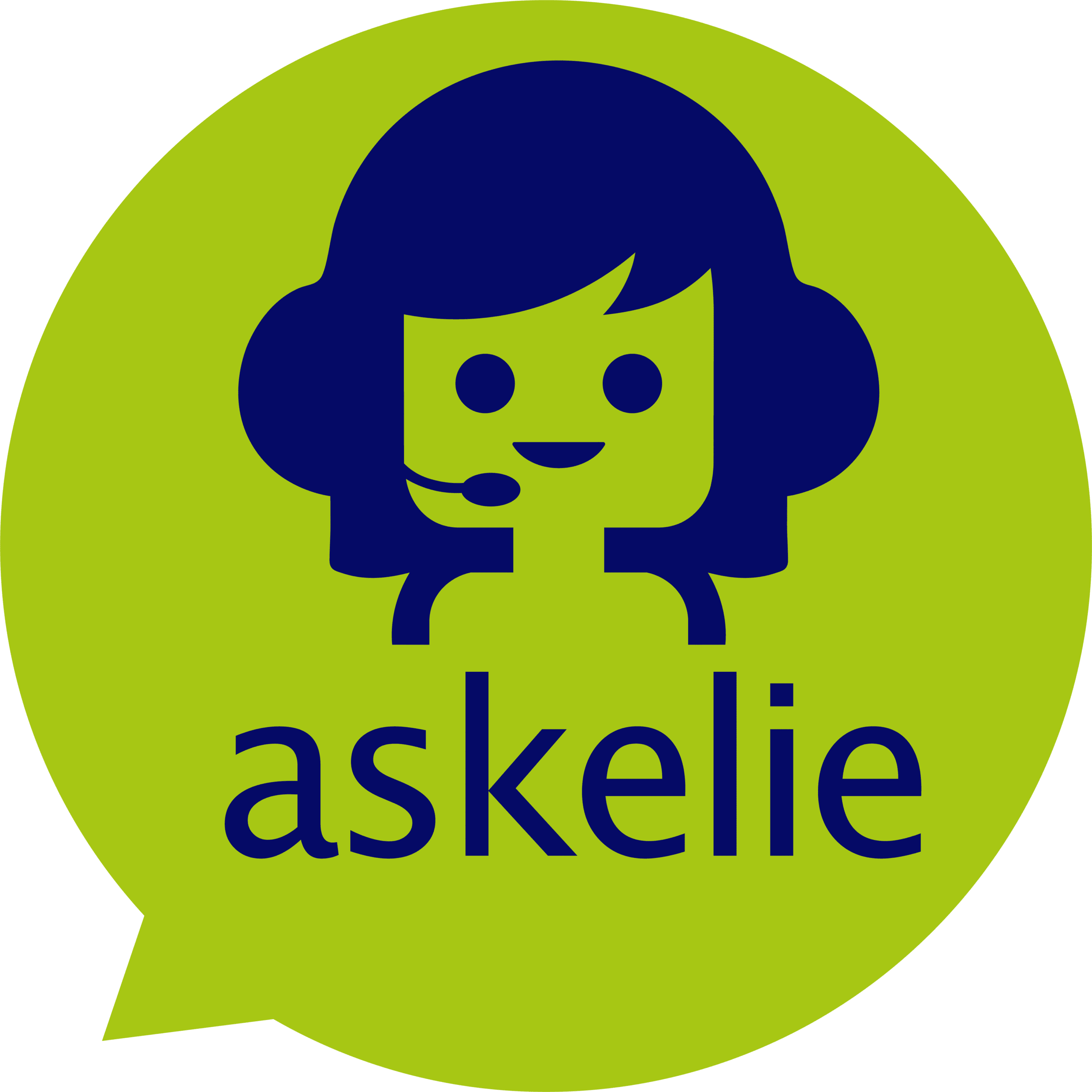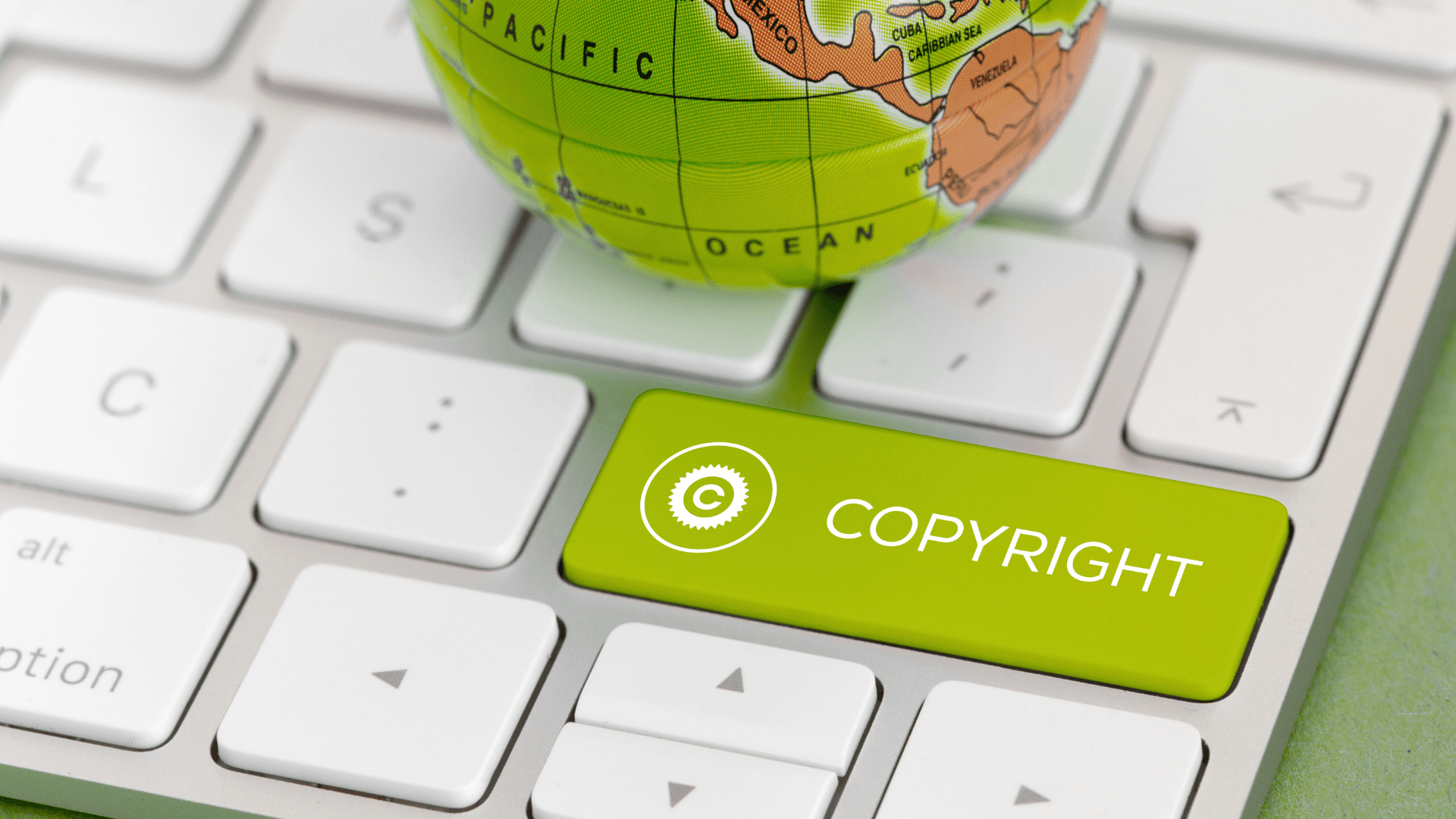askelie copyright tools help organisations check AI-generated content for originality, manage data securely, and stay compliant with UK copyright law. AI has transformed how content is created but it has also introduced new legal risks that can easily go unnoticed.
Every week, clients are being told that new AI clauses are being added to contracts. It sounds harmless but these clauses can make agencies, freelancers, and internal teams liable for copyright breaches linked to AI-generated work. The truth is that most organisations cannot say for certain whether the content created through AI is original, reused, or infringes on someone else’s rights. That is why askelie® created a way to manage these risks properly.
askelie copyright guidance for open AI tools
When you use public AI tools such as ChatGPT, Midjourney or DALL·E, you are relying on systems trained on large datasets that include material created by others. Those datasets contain writing, code, and designs that may still be protected by copyright. You cannot be certain where your output has come from, whether it is fully original, or if it overlaps with someone else’s work.
Under Section 9(3) of the Copyright, Designs and Patents Act 1988, computer-generated works have no clear author. It has not yet been settled in law whether the author is the user, the model developer, or the company operating the platform. That uncertainty makes it risky to promise clients that they will own AI-generated content outright.
Why public AI tools create copyright risk
Public AI tools are built for open access, not compliance. They may store your prompts, process them through shared infrastructure, or reuse them to train new models. For organisations working under ISO 27001, GDPR, or contractual confidentiality clauses, this lack of control can create exposure.
The problem is not using AI but using it without structure. Without a record of what has been generated and by whom, you cannot prove ownership or demonstrate compliance.
How askelie copyright protection keeps organisations safe
askelie® provides a private and secure environment where every AI action and output is tracked, reviewed, and stored. It combines copyright checking, data governance, and audit evidence in one place.
1. Copyright and originality checks
The askelie® platform automatically analyses AI-generated text and images to identify possible copyright conflicts. It checks each output against public datasets and licensed material to detect similarities. When overlaps are found, the system flags them for review. This allows users to correct or cite sources before publication.
2. Provenance and audit trail
Each item within the askelie® copyright workflow is tagged with its complete creation history. It records the model used, the individual who initiated it, and the time of generation. These details remain attached permanently so you can provide an audit trail to clients or regulators when asked.
3. Secure and private data handling
askelie® operates in a private cloud or on-premise environment where prompts and data are never shared externally. Nothing is used to train public models. All activity follows ISO 27001 and GDPR principles, keeping your business information and client data fully protected.
4. Policy and permission controls
Administrators can define who can use AI, what models are available, and which approvals are required. This stops shadow AI use and ensures all actions stay within agreed policies.
5. Reporting and compliance logs
askelie® automatically generates compliance logs showing who accessed what, which tools were used, and what was produced. These reports can be included in audits, management reviews, or contract compliance checks.
How organisations use askelie copyright tools
Teams can use askelie® to create campaign materials quickly while keeping full control of intellectual property. Before delivery, each piece of content is checked for copyright risks. Legal teams use askelie® to review and draft supplier contracts, confirming that AI-related clauses match UK copyright law.
Education providers can use the AskVERA module to generate Easy Read materials while ensuring all imagery and text meet accessibility and copyright standards. HR and compliance teams can track usage, maintain logs, and demonstrate responsible AI management across the organisation.
With askelie®, every output is traceable and defensible, which means you can use AI confidently without fear of accidental breach.
The business impact of askelie copyright clarity
Being able to prove where AI-generated material comes from gives organisations a real advantage. Clients and regulators now expect transparency and accountability. Having verifiable evidence of originality builds trust and supports long-term relationships.
askelie copyright technology positions businesses as responsible AI users rather than unregulated adopters. It protects both the creator and the client by ensuring all work is traceable, compliant, and safe to publish.
Moving from risk to responsibility
Until copyright law catches up with AI technology, ownership will remain uncertain. That will not stop people from using AI, but it means organisations must act responsibly. Blocking AI entirely is not realistic and using it freely without safeguards is dangerous. The practical route is structured control.
askelie® provides that structure. It combines copyright checking, data privacy, and audit-ready governance into one intelligent platform. You can innovate freely and still meet your legal and contractual duties.
The bottom line
AI will continue to change how we work and create. The question is whether your organisation can prove that its outputs are original and safe to use. Public AI tools cannot provide that assurance. askelie® can.
By using askelie copyright tools, you can check AI-generated content for originality, protect intellectual property, and stay on the right side of UK law. It is how responsible organisations innovate with confidence.
To learn more about how organisations are building responsible AI frameworks, read our post on AI security and compliance


